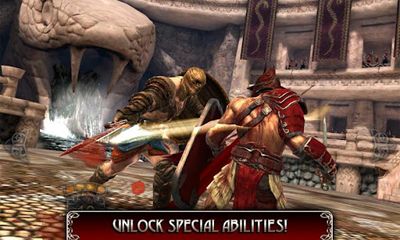

One day you are a hero in the eyes of others. They remind us of the vanity and fragility of human glory. Those ashes, made of palms we had with us for a year, reminded us of our mortality, our sinfulness and our need for reconciliation, conversion, and prayer. The resulting ashes were then further pulverised to prepare them for use on Ash Wednesday. Six weeks ago, those palms were burnt outside this church. Two months ago, you were invited to bring the palms you received last year back to church. But they are also a part of our story – yours and mine. These palms are part of both our entry Gospel as well as the great account of our Lord’s Passion. They are more than ‘those Catholic things’ that we twist or braid and hang on the wall or behind a special picture and forget about. What we experienced today, is but a pale shadow of what will happen next week, although today’s celebration seems openly public, God chose to have the resurrection of Christ at Easter experienced in mystery and in secret, only to be made known through the testimonies of those who have seen and touched the Risen Lord in the flesh.īut the Palms that you received remain a vital and meaningful part of our lives, and this is not just confined to Palm Sunday. We had an early teaser of the climax in our lengthy Passion Gospel reading but even then, the death of our Lord would be the anti-climax. If Jesus’ triumphal entry into Jerusalem had been the peak and culmination of our faith story, would we be Catholic, would we even be here, would we have the crucifix on the walls of this church and our homes, would we prayerfully process to partake of His body and His blood, would the name of Jesus even be remembered after 2000 years? And the answer is simply ‘no’. Though He was feted as an earthly king as He entered Jerusalem, it would only be from the throne of the cross where He will be revealed as King of the Universe in all His glory. For isn’t martyrdom victory of the spirit over the earthly and the flesh, as well as a symbol of rebirth and of immortality, which is victory over death? And isn’t this the paradoxical lens in which we must view the Lord in today’s liturgy? Although the Son of God appeared to be the least among men, He was born to be a king in the most admirable way. So, there is no contradiction between the earlier symbol of victory with the later Christian symbolism for martyrdom. It was thought, that at the time the palm tree produced its fruits it died, hence it was meant as a sacrifice, as well as a symbol of the resurrection. But it is not just the water that sustains the traveller but the fruits or dates from the palm tree. Where you find a palm tree in a desert, you are bound to find a water source. To travellers in the arid desert, palm trees were beacons of hope because of their association with oases and life. This association may have arisen from the natural habitat of palm trees. But in Christian iconography, the palm has taken on a radically new meaning of being a symbol of martyrdom. Luke mentions only garments being spread on the road as a kind of ancient red-carpet reception to our Lord whom the people feted as their Messianic King.Īs mentioned earlier, the palm as a symbol of victory predates both Jewish and Christian tradition. In Matthew/ Mark they are reported as laying their garments and cut branches on the street, whereas John more specifically mentions palm fronds. The Gospels of Mark, Matthew and John report that people gave our Lord this form of honour. The Hebrew Bible reports that Joshua was treated this way. So, if you didn’t manage to get your hands on a nice leafy palm, don’t complain.īe that as it may, why “palms?” It was a common custom in many lands in the ancient Near East to cover the path of someone thought worthy of the highest honour. But having paid closer attention to the first Gospel taken from Luke, it is at least a little ironic to refer to this Sunday as “Palm Sunday.” Actually, only John (12:13) mentions “palm branches.” Matthew mentions “branches from the trees”, while Mark describes them as “leafy branches.” Luke mentions nothing about any foliage. The palm branch was a symbol of triumph and of victory in the ancient world, and in Jewish tradition. The most visible accoutrement for this Sunday is the palm branch, and for good reason.


 0 kommentar(er)
0 kommentar(er)
